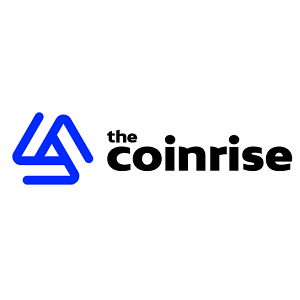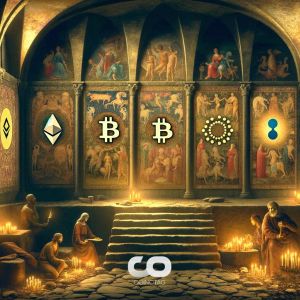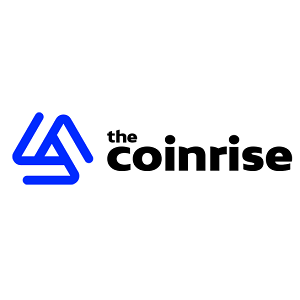Investors keep asking: What is XRPfi?
2 min read
XRPfi, or XRP-based decentralized finance, refers to integrating XRP, primarily known for facilitating fast, low-cost cross-border payments, into the broader decentralized finance (DeFi) ecosystem. XRPfi aims to enable XRP holders to participate in decentralized applications such as yield generation, lending, borrowing, decentralized exchanges (DEXs), and derivatives trading, thus expanding the asset’s traditional scope of use. Technology underlying XRPfi XRPfi addresses a significant technical limitation: the XRP Ledger ( XRPL ) does not inherently support complex smart contract functionalities, essential for many DeFi applications. This has driven the development of various solutions designed explicitly to enable smart contract capabilities for XRP holders, allowing the asset to function similarly to tokens within Ethereum’s well-established DeFi ecosystem. Flare Network’s role in XRPfi Flare Network is a key initiative working toward practical XRPfi implementation. It utilizes its F-Asset protocol to convert XRP into FXRP in a decentralized manner, facilitating the use of XRP within the Ethereum Virtual Machine (EVM). By integrating XRP into an EVM-compatible environment, Flare aims to provide XRP holders access to DeFi services that are otherwise unavailable directly on XRPL, such as yield farming and liquidity provision. Additionally, Flare has introduced USD₵0, an omnichain stablecoin that leverages LayerZero’s Omnichain Fungible Token ( OFT ) standard to enable efficient cross-chain interoperability. USD₵0 draws from the liquidity of Tether (USDT), thereby providing stability and necessary liquidity to sustain a growing DeFi ecosystem. Notably, Flare attracted approximately $70 million in USD₵0 before its official launch, reflecting significant market interest in the project. Alternative s olutions and XRPL sidechains Flare is among several efforts aimed at XRPfi. Ripple-backed XRPL sidechains, including the XRPL EVM sidechain and the Xahau sidechain, offer additional pathways for XRP integration into DeFi. The XRPL EVM sidechain explores the potential of Ethereum-compatible smart contracts, while the Xahau sidechain introduces “Hooks,” a simpler form of programmable transaction logic. Both projects remain relatively early-stage compared to Flare but represent meaningful experimentation in expanding XRP’s utility within DeFi. Broader implications and future of XRPfi XRPfi holds significant potential to shift XRP’s role from a specialized payment-oriented asset toward broader financial utility. By providing XRP holders access to DeFi applications, XRPfi can facilitate greater financial inclusion and attract increased retail participation in DeFi. Ultimately, XRPfi may accelerate the adoption of decentralized finance by leveraging XRP’s established user base. While multiple approaches to XRPfi development are being pursued, Flare Network’s infrastructure and early adoption indicate a significant market position. The evolution of XRPfi will likely influence both XRP’s future trajectory and the broader dynamics of the DeFi landscape, potentially marking a significant advancement in blockchain applications. The post Investors keep asking: What is XRPfi? appeared first on Invezz

Source: Invezz



